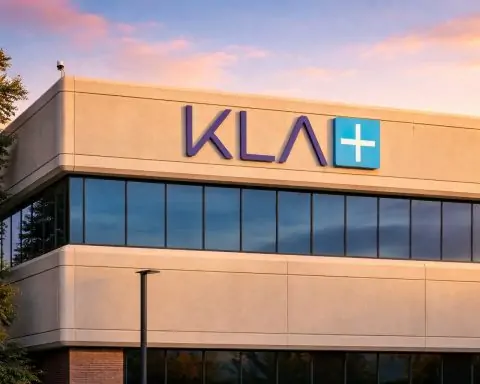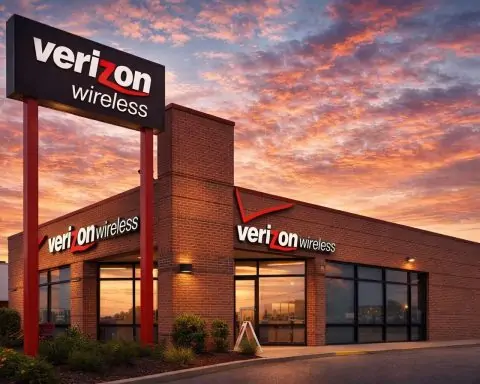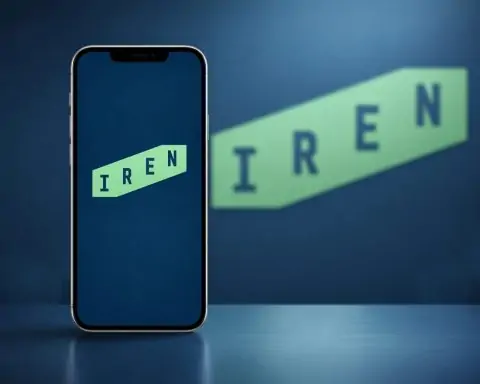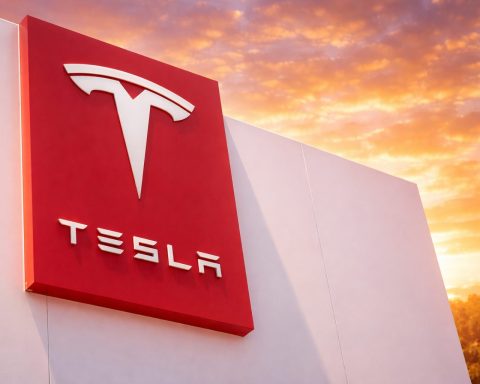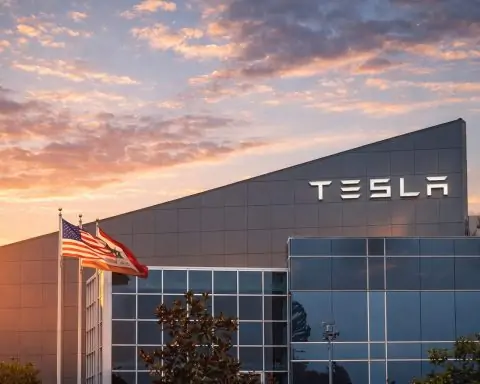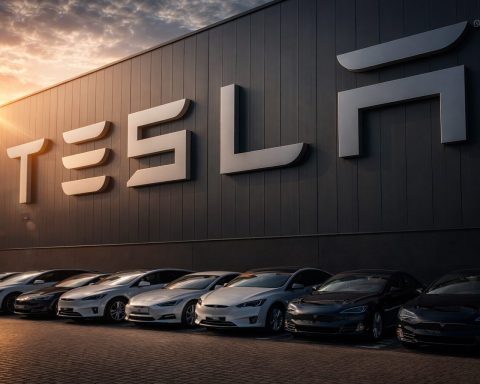- Kyivstar is Europe’s pilot market for Starlink Direct-to-Cell (D2C), beating larger EU operators by at least 12 months in field tests.
- The rollout is two-phase: OTT messaging and SMS by end-2025, followed by full mobile broadband with voice by Q2 2026.
- The system is designed to keep phones alive during blackouts and grid outages, providing a tower-free fallback if towers are destroyed.
- Ukraine’s National Commission for Electronic Communications (NCEC) granted experimental licenses in June 2025, enabling on-orbit texting trials this summer.
- U.S. lab tests confirmed that a stock Kyivstar SIM can authenticate on the Starlink satellite cell without any firmware updates for phase 1.
- A first academic measurement estimates about 4 Mbps downlink per beam in outdoor conditions, with potential to reach about 24 Mbps given more spectrum and power, and latency of 50–70 ms.
- VEON aims for a Q3 2025 NASDAQ listing, positioning Ukraine as the first “space‑phone” market and potentially unlocking Western ESG funds.
- Brussels is seeking alternatives to Musk’s Starlink by courting Eutelsat/OneWeb for a backup, while the EU weighs IRIS² and GovSatcom options.
- The Direct-to-Cell system uses Starlink’s second‑generation satellites with a 1.9 GHz PCS payload, phones transmit about 2 W EIRP, there is no dish, and the phone acts as its own phased‑array client.
- The timetable includes a Summer 2025 live SMS demo, a Q4 2025 commercial launch of phase-1 messaging, and a 2026 roll-out of voice and data, with 2027–2028 EU decisions on multi‑orbit redundancy.
Ukraine’s largest operator Kyivstar has quietly leapt to the front of the “direct‑to‑cell” space race, pledging to switch on Starlink‑powered texting by late 2025 and full voice/data service by mid‑2026. In this deep‑dive you’ll learn exactly what was agreed, how the technology works, why regulators fast‑tracked it in a war zone, what analysts think it means for telecom investors, and the hurdles that could still derail Europe’s first satellite‑phone network.
Key Findings
- First in Europe: Kyivstar’s field tests with SpaceX make Ukraine the continent’s pilot market for Starlink’s Direct‑to‑Cell (D2C) service, beating bigger EU operators by at least 12 months. [1]
- Two‑phase rollout: OTT messaging (WhatsApp, Signal, SMS) is promised “by the end of 2025,” with broadband data and voice targeted for Q2 2026. [2]
- War‑time driver: The deal is designed to keep phones alive when towers are bombed or the grid is down—an everyday risk since Russia escalated strikes on power infrastructure. [3] [4]
- Regulatory green light: Ukraine’s National Commission for Electronic Communications granted experimental licences in June, allowing on‑orbit texting trials this summer. [5]
- Proven compatibility: Lab tests in the United States confirmed that a stock Kyivstar SIM can already authenticate on a Starlink satellite cell. [6]
- Capacity limits: The first academic measurement study of Starlink D2C estimates ~4 Mbps per beam in outdoor conditions—adequate for emergency use but not yet a 5G replacement. [7]
- Funding & listing: Parent company VEON hopes the project will boost its planned NASDAQ listing in Q3 2025, potentially the first Ukrainian IPO during wartime. [8]
- Strategic anxieties: Brussels is simultaneously courting Eutelsat/OneWeb to cut Europe’s reliance on Musk after repeated political scares. [9] [10]
What Exactly Was Announced?
Kyivstar‑Starlink Partnership
Speaking ahead of the Ukraine Recovery Conference in Rome, CEO Oleksandr Komarov said a December 2024 MoU with SpaceX had progressed to live trials. Text‑only connectivity will ship first “to be safe by end‑2025,” followed by full mobile broadband “in Q2 2026.” [11]
Capacity Media notes this makes Ukraine “the first country in Europe to adopt Starlink’s direct‑to‑smartphone technology,” a milestone framed as part of Kyivstar’s “4G Everywhere” resilience strategy. [12]
Tom’s Hardware adds that every unmodified LTE handset should work “because the satellites behave like giant cell towers in space.” [13]
Licence & Field Tests
Local regulators (NCEC) approved spectrum trials on 18 June 2025; Kyivstar can now run texting demos over rural and war‑damaged areas this summer. [14] [15]
A VEON press statement says interoperability tests in a U.S. lab “confirmed SIM compatibility”—critical because no firmware update on phones is required for phase 1. [16]
How Direct‑to‑Cell Starlink Works
Spectrum & Antennas
Starlink’s second‑generation satellites carry a mini‑cellular payload operating in the 1.9 GHz PCS band that Kyivstar already controls on the ground. Phones transmit upward at roughly 2 W EIRP, the satellite relays to a gateway, and the signal routes into Kyivstar’s core. No dish is needed; the phone acts as its own phased array client. [17] [18]
Throughput & Latency
Crowdsourced drive‑test data from October 2024‑April 2025 show median RSRP 24 dB below a terrestrial macro cell and modelling suggests ≈4 Mbps downlink per beam, scalable to ≈24 Mbps if additional spectrum and power are approved. [19] Latency hovers around 50‑70 ms—fine for voice, marginal for gaming.
Service Phases
| Phase | Feature set | Target date | Notes |
|---|---|---|---|
| 1 | OTT messaging and SMS | Q4 2025 | Simple UDP payloads, minimal bandwidth |
| 2 | Voice + low‑rate data (128‑512 kbps) | Q2 2026 | Cellular voice codec; fallback to VoIP |
| 3 | 4‑10 Mbps mobile broadband | 2027+ | Requires denser satellite grid and power bump |
Why Ukraine Went First
Resilience in a War Zone
Komarov says Kyivstar can now keep mobile sites alive “up to 10 hours” during blackouts, vs. minutes in 2022, but direct‑to‑cell provides a tower‑free fallback if generators or fiber are destroyed. [20] Euronews notes D2C is “especially important in wartime when infrastructure may be damaged or power outages may occur.” [21]
Ukraine already operates >42,000 fixed Starlink terminals (5,000 of them donated by Poland this spring) for hospitals, schools and drone units. [22] [23] Minister Mykhailo Fedorov famously called Starlink “the blood of our entire communication infrastructure.” [24]
Rapid Regulatory Path
Because Kyivstar owns PCS spectrum and the government treats telecom as critical defense infrastructure, the NCEC waived lengthy international coordination, letting tests start within six months of the MoU. [25]
Business, Investment & Listing Implications
- VEON NASDAQ listing: Management believes branding Ukraine as the first “space‑phone” market will sweeten its U.S. IPO pitch and could unlock Western ESG funds earmarked for digital‑in‑conflict investments. [26]
- Capex shift: Starlink bears the satellite cost; Kyivstar’s spend is limited to ground gateways and core upgrades, a far cheaper alternative to rebuilding thousands of rural towers. [27]
- ARPU upside: Operators in the U.S. are pricing satellite messaging at $5‑$15/month. If Kyivstar captures even $3 on 24 million subs, that’s ~$864 million annual revenue once phase 1 is universal. (Author calculation.)
Yahoo Finance reports that Kyivstar’s parent already trades ADRs over‑the‑counter; a full NASDAQ listing could raise fresh equity for scale‑up. [28]
Expert & Analyst Commentary
“Ukraine leapfrogged Europe’s red‑tape by treating satellites as emergency infrastructure, not consumer gimmicks.” — Jason Rainbow, SpaceNews senior reporter [29]
“Direct‑to‑Cell brings genuine redundancy; one missile can’t knock out a constellation.” — Saf Malik, deputy editor, Capacity Media [30]
“Our crowdsourced data suggest beam capacity is modest today, but scaling to 20+ Mbps is feasible with power boosts and pooled spectrum.” — Dr Jorge Garcia‑Cabeza, lead author of the first Starlink D2C field study [31]
“Starlink is indeed the blood of our communication system now.” — Mykhailo Fedorov, Ukraine’s Minister of Digital Transformation [32]
Alternatives & Europe’s Strategic Dilemma
Brussels has grown uneasy about relying on Musk after he hinted at cutting service over policy disputes. The EU is therefore:
- Backing Eutelsat/OneWeb: Talks are under way to ship more OneWeb terminals to Ukraine and test its LEO network as a backup. [33]
- Funding IRIS²: The €6 billion sovereign constellation is scheduled for 2028 service and could offer encrypted government channels. [34]
- Considering GovSatcom: A secure “wholesale” layer for ministries that would sit above commercial LEO fleets. [35]
The Wall Street Journal says European officials view dependence on Musk as a “single point of geopolitical failure” and are racing to diversify. [36]
Challenges Ahead
| Issue | Details | Mitigation |
|---|---|---|
| Spectrum interference | Neighboring EU states fear cross‑border leaks in 1.9 GHz band. | ITU coordination; Kyivstar will geofence beams to Ukraine’s borders. [37] |
| Capacity vs. demand | 4 Mbps/beam cannot handle mass video streaming. | Prioritise emergency services; phase‑3 satellites with 2× antennas. [38] |
| Security & spoofing | Reports of Russian troops using captured terminals. | New authentication “geo‑lock” algorithm under joint SpaceX‑Ukraine dev. [39] [40] |
| Political risk | Musk’s policy shifts could threaten service continuity. | EU exploring Eutelsat fallback and contract clauses for continuity. [41] |
Outlook—What to Watch Next
- Summer 2025: Live SMS demo from a blackout‑hit village; watch for latency and delivery stats.
- Q3 2025: VEON IPO roadshow; prospectus will reveal more capex and revenue assumptions.
- Q4 2025: Commercial launch of phase‑1 messaging. Pricing details will show whether satellite SMS is bundled or a premium add‑on.
- 2026: Roll‑out of voice/data. Performance here will set the bar for Europe’s IRIS² ambitions.
- 2027‑2028: EU decision on mandatory multi‑orbit redundancy for critical telecoms—Starlink’s Ukrainian experience will be a key case study.
Bottom Line
Ukraine is turning a brutal necessity—keeping phones alive under missile fire—into a world‑leading telecom innovation. If Kyivstar and SpaceX deliver on their timeline, ordinary smartphones in Kyiv, Kharkiv or a frontline trench could ping satellites 550 km overhead long before London or Paris get the same privilege. The experiment will test not only the physics of space‑based LTE but also Europe’s resolve to build resilient, politically neutral digital infrastructure for the 21st century.
References
1. www.reuters.com, 2. www.reuters.com, 3. www.euronews.com, 4. www.reuters.com, 5. spacenews.com, 6. www.veon.com, 7. arxiv.org, 8. www.reuters.com, 9. www.reuters.com, 10. www.wsj.com, 11. www.reuters.com, 12. www.capacitymedia.com, 13. www.tomshardware.com, 14. spacenews.com, 15. developingtelecoms.com, 16. www.veon.com, 17. www.tomshardware.com, 18. www.reuters.com, 19. arxiv.org, 20. www.reuters.com, 21. www.euronews.com, 22. united24media.com, 23. kyivindependent.com, 24. www.capacitymedia.com, 25. developingtelecoms.com, 26. www.reuters.com, 27. www.capacitymedia.com, 28. finance.yahoo.com, 29. spacenews.com, 30. www.capacitymedia.com, 31. arxiv.org, 32. www.capacitymedia.com, 33. www.reuters.com, 34. www.euronews.com, 35. www.euronews.com, 36. www.wsj.com, 37. developingtelecoms.com, 38. arxiv.org, 39. www.reuters.com, 40. en.interfax.com.ua, 41. www.reuters.com


